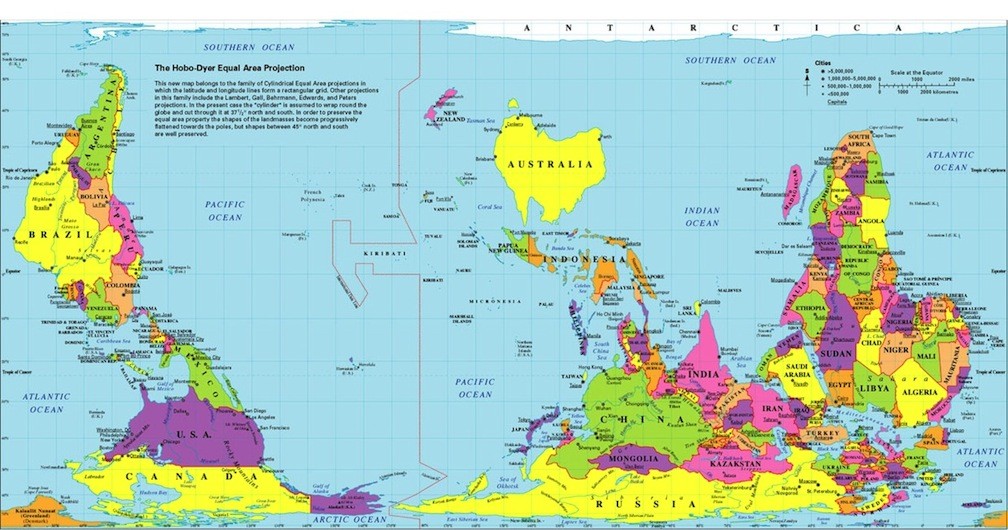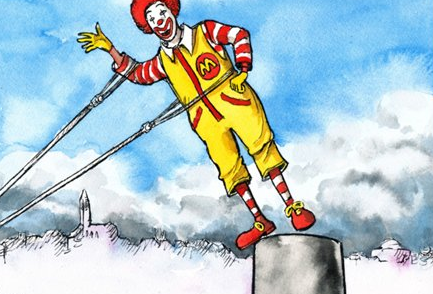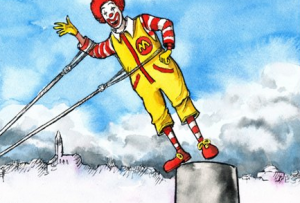Where is the historical West? Part 2 of 5
Carleton Coon
What follows is a revised paper trying to answer the same question while taking account of the prohibited criteria of race. This is not a paper on the geographical distribution of the Caucasoid race. The objective is to ascertain the historical geography of Western civilization/culture without ignoring race. The concept of race will be implicit rather than the subject of investigation. I will accept as generally true the standard investigation of Carleton S. Coon’s book, The Living Races of Man, published in 1965. Humans are members of the species Homo sapiens, and all the members of this species, regardless of geographic location, can breed together and produce mixed offspring. However, “humans also vary racially to an unusual degree,” and thus it is possible to divide humans into sub-species of races. While there is (still) no general consensus on the number of races, the term “race” is sufficiently precise to allow for a general classification of humans on earth. For the purposes of this paper, it should suffice to mention that, according to Coon, the three major sub-species of races are: Caucasoid, Mongoloid, and Congoid. He identifies four more races. He also draws further divisions within each of these main racial types to take account of important additional morphological differences, geographical variations, and the ways in which different environments engendered cultures which “profoundly” affected the character of the races. The following succinct statement by Coon is worth quoting:
A race is a major segment of a species originally occupying, since the first dispersal of mankind, a large, geographically unified, and distinct region, and touching on the territories of other races only by relatively narrow corridors. Within such a region each race acquired its distinctive genetic attributes – both its visible physical appearance and its invisible biological properties – through the selective forces of all aspects of the environment, including culture. After having become differentiated in this fashion, each race filled out its space, resisting, because of its superior local adaptation, the encroachment of outsiders with whom it mixed, from time to time if not continuously, along its borders (p. 10).
But what about the much talked-about difference between ethnicity and race? The more we emphasize culture the closer we are to the concept of ethnicity. The term “race” pays closer attention to the genetic attributes of a given group, whereas when the term “ethnicity” pays closer attention to the cultural attributes of a group, i.e., language, religion, customs, institutions, and historical experiences. This does not mean that ethnicity excludes the genetics of race. Liberals think they can suppress the concept of race by defining ethnicity in cultural terms and thereby defining race as a “cultural construct”. Coon correctly avoids this arbitrary elimination of physiological and genetic factors from his definition of race without ignoring the importance of culture. I use the term ethnicity as an intermediate term between race and culture. Western civilization comprises many ethnic groups with difference languages, cuisines, histories, which are nevertheless members of the Caucasoid race. Likewise there are many ethnic groups within the Mongoloid and Congoid sub-species. Read more







